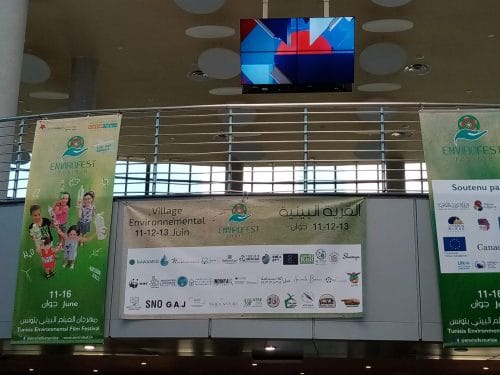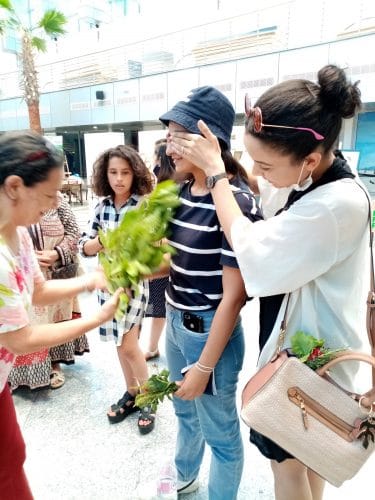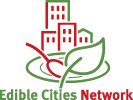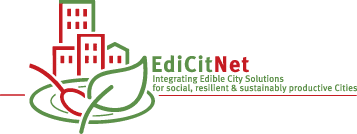EdicitNet at Envirofest again: Cité de la Culture from 11 to 16/06/21
On the sidelines of the 4th edition of the film festival on the environment Envirofest, taking place from 11 to 16 June 2021, was held the environmental village. This village was the place of exhibition of artists, craftsmen in ecoresponsible products and popularizations of activities of actors impacting the environment in Tunisia.

REACT held a stand to present the various projects in which the association is involved. Among which is EdiCitNet. A poster, with the objectives of the project, was exposed as well as the projection of the video clip, about EdiCitNet, realized in November 2020. The originality during this edition was to carry out an action, initiated by REACT in collaboration with ASEST (The Deaf Sports and Educational Academy of Tunis) ASEST (L’Académie Sportive et Educative des Sourds de Tunis), for the inclusion of the deaf and hard of hearing to environmental education.
Thus, groups of deaf and hard-of-hearing children and adults were able to benefit from sign language translation at most of the stands in the environmental village and especially at the REACT stand. The translators explained the objectives of EdiCitNet to this audience in sign language, based on the poster and the video clip, and helped REACT members to animate and make accessible the educational games planned for them. Where, they were led to recognize blindfolded, an array of vegetable and edible plants.


These games were very successful with the deaf and hard of hearing groups because of their playful and enriching aspect. They were then motivated to participate in the second workshop: creation of cards with dried edible plants. Through its participation in events, REACT innovates and integrates playful tools to disseminate the concepts of urban agriculture and edible city.
Key words : Envirofest – urban agriculture – inclusion of the deaf and hard of hearing – environmental
education – EdiCitNet- REACT – Carthage.

